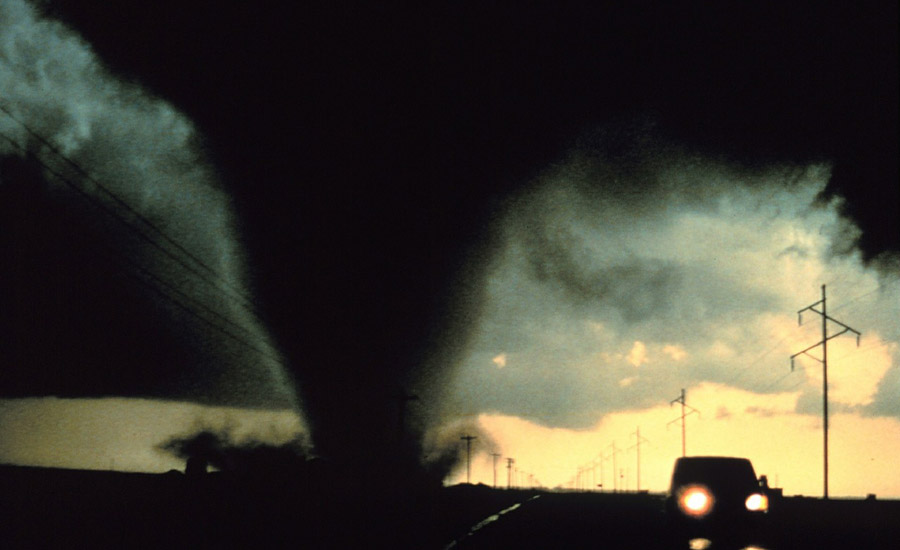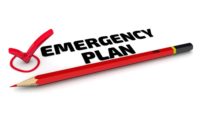The recent destructive barrage of tornadoes in Ohio, Kansas and Pennsylvania that took lives and demolished buildings is a reminder that “tornado season” – the time of year when most tornadoes happen – is far from over. The dangerous vortex of violent, rotating wind that accompanies a storm system occurs most often in the U.S. from April to June, although tornadoes can wreak havoc long before and after that time.
A tornado can occur with little or no warning. Taking precautions in advance of storms, such as developing an emergency plan, learning the warning signs, and monitoring tornado watches and warnings, can help you stay safe if a tornado occurs in your area.
What employers should do
According to OSHA, businesses should prepare for a tornado by developing an emergency plan. The plan should include details on:
- suitable places to take shelter
- policies to ensure all personnel are accounted for, and
- procedures for addressing any hazardous materials that are on-site.
Employees should also be encouraged to develop action plans for their families.
The American Red Cross has a tornado safety checklist that has recommendations for what to do before, during and after a tornado, which includes:
- How to choose a “safe room” (and should you have it reinforced?)
- What to do if you’re out of doors or in a vehicle when a tornado strikes
- If power goes out, what you should NOT use for illumination
Clean-up hazards for workers
After a tornado has occurred, workers may face significant hazards including the potential for additional storms, downed electric lines, and sharp debris. Workers should also be aware of hazards from heat stress and from equipment used during response/recovery operations, such as portable generators. Workers will need to take special precautions in order to stay safe during response and recovery operations. The Response/Recovery page has more information on these hazards.
OSHA and NOAA are working together on a public education effort aimed at improving the way people prepare for and respond to severe weather.
Various federal agencies and the American Red Cross have numerous resources available for helping employers, homeowners and others prepare for and deal with the aftermath of tornadoes:
- Tornado Safety Checklist. American Red Cross
- Tornadoes. Ready.gov - Federal Emergency Management Agency (FEMA)
- National Weather Service. National Oceanic and Atmospheric Administration (NOAA)
- Tornado Safety. American Red Cross
- Power Outage Safety. American Red Cross
- Protecting Yourself While Removing Post-Disaster Debris From Your Home or Business. National Institute of Environmental Health Sciences (NIEHS)
- Occupational Safety and Health and Climate. National Institute for Occupational Safety and Health (NIOSH) Workplace Safety and Health Topic
- Severe Weather, Tornadoes. National Weather Service
OSHA's Checklists and Resources pages offer a simple way to make sure that you are prepared for a tornado, including suggestions for communications equipment and personal preparedness kits.



